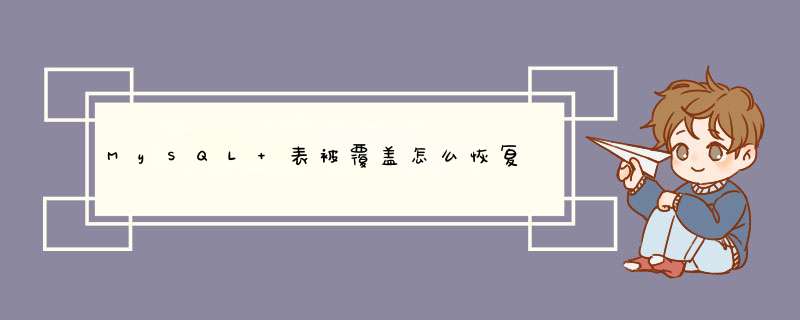
所以你需要建立其他容器将获取的数据存储下来,我刚刚写的这个文件,是相当普通的一个DAO文件结构模式,可以好好看下。会让以后的工作变得更加得心应手。呵呵。
唉!我大餐都给你做好了,你还叫我往嘴里喂啊!
List<String>poList = new LinkedList<String>()
List<String>pnList = new LinkedList<String>()
List<String>prList = new LinkedList<String>()
while(res.next()){
po=res.getString("pno")poList.add(po)
pn=res.getString("pname")pnList.add(pn)
pr=res.getString("price")prList.add(pr)
}
/**************************************************************************************************/
import java.sql.*
import java.util.LinkedList
import java.util.List
/**课题:封装数据库的增删改查的工具类的实现。
*
* 假设相关数据库的表结构如下:
* 表名:user
* 列名及属性:id(int 自增),name(varchar(20)),tele(char(12)),birthday(date)
* @author shy2850
*/
public class UserDAO {
Connection conn
public UserDAO(Connection conn) {
this.conn = conn
}
public int save(User user) throws SQLException {
String sql = "insert into user values(0,?,?,?)"
PreparedStatement pstmt = conn.prepareStatement(sql)
pstmt.setString(1, user.getName())
pstmt.setString(2, user.getTele())
pstmt.setDate(3, user.getBirthday())
int n = pstmt.executeUpdate()
pstmt.close()
return n
}
public int delete(User user) throws SQLException{
String sql = "delete from user where id = "+user.getId()
Statement stmt = conn.createStatement()
int n = stmt.executeUpdate(sql)
stmt.close()
return n
}
public int update(User user) throws SQLException{
String sql = "update user set name=?, tele=?, birthday=? where id = "+user.getId()
PreparedStatement pstmt = conn.prepareStatement(sql)
pstmt.setString(2, user.getName())
pstmt.setString(3, user.getTele())
pstmt.setDate(4, user.getBirthday())
int n = pstmt.executeUpdate(sql)
pstmt.close()
return n
}
public User getUser(Integer id) throws SQLException{
String sql = "select * from user where id = " + id
Statement stmt = conn.createStatement()
ResultSet rs = stmt.executeQuery(sql)
User user = getUserFromResultSet(rs)
rs.close()
stmt.close()
return user
}
public List<User>getAll() throws SQLException{
List<User>userList = new LinkedList<User>()
String sql = "select * from user "
Statement stmt = conn.createStatement()
ResultSet rs = stmt.executeQuery(sql)
while (rs.next()) {
User u = getUserFromResultSet(rs)
userList.add(u)
}
return userList
}
static User getUserFromResultSet(ResultSet rs) throws SQLException{
Integer id = rs.getInt("id")
String name= rs.getString("name")
String tele= rs.getString("tele")
Date birthday = rs.getDate("birthday")
return new User(id, name, tele, birthday)
}
}
/**
* 构建数据库表的java类映射
*/
class User{
private Integer id
private String name
private String tele
private Date birthday
public User() {
}
public User(Integer id, String name, String tele, Date birthday) {
super()
this.id = id
this.name = name
this.tele = tele
this.birthday = birthday
}
public Integer getId() {
return id
}
public void setId(Integer id) {
this.id = id
}
public String getName() {
return name
}
public void setName(String name) {
this.name = name
}
public String getTele() {
return tele
}
public void setTele(String tele) {
this.tele = tele
}
public Date getBirthday() {
return birthday
}
public void setBirthday(Date birthday) {
this.birthday = birthday
}
}
欢迎分享,转载请注明来源:内存溢出

 微信扫一扫
微信扫一扫
 支付宝扫一扫
支付宝扫一扫
评论列表(0条)